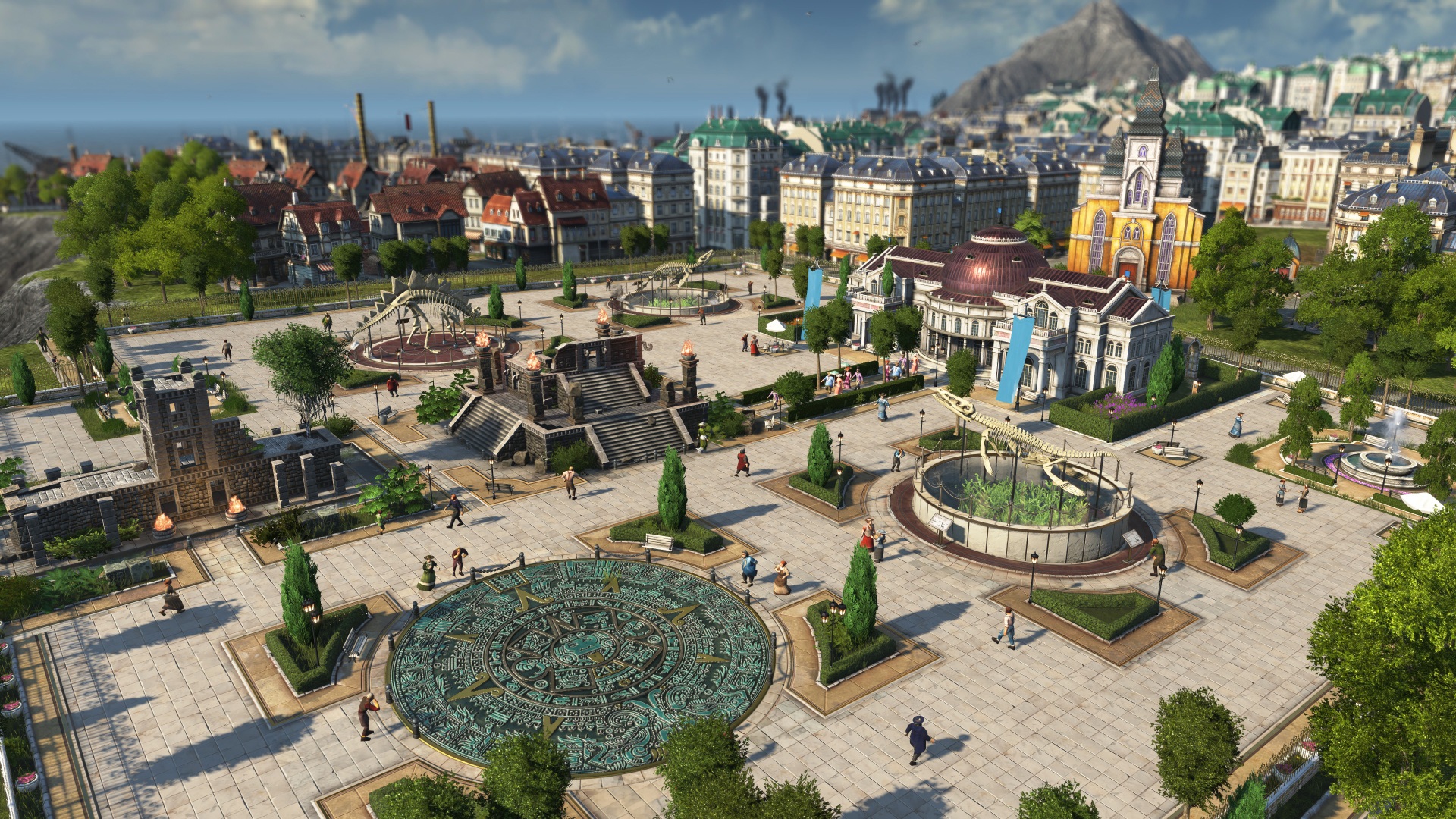


The latter of these, of course, requires raw materials that don’t grow in a European climate. Once you unlock the third tier of “citizen”, Artisans, you’ll need an infrastructure capable of supporting the production of sewing machines, fur coats, and rum. This is where Anno 1800’s “Blink and it’s “2AM” qualities start to reveal themselves. Larger factories also require dozens, even hundreds of workers to function, so you need the supporting infrastructure in place to keep them fed, watered, and clean. Creating steel beams, on the other hand, requires both an iron-mine and a coalmine for the raw materials, a smelting plant to create steel ingots, and finally a steelworks to forge the beams. Creating wood to build farmhouses, for example, requires a lumberjack’s yard, a sawmill, and a warehouse to store the goods. However, workers are considerably more particular in their needs and wants, going so far as to demand soap, the fops.Īt the same time, your production lines become increasingly convoluted. This unlocks the next evolutionary stage of your settlement, letting you construct more advanced buildings like brickworks and breweries. Once a farmhouse reaches its maximum population, it can then be upgraded to house the next class of citizen-workers. The better you meet those needs, the more people will fill the houses of your village. You’ll need acres of potato fields that can be distilled into schnapps, while also ensuring all farmsteads are within staggering distance of a pub. But to make them happy, you need to ply them with alcohol. Farmers, for example, simply require clothes and fish to subsist. Each “class” of person has a different set of requirements that you need to meet. Progress is Anno is predicated upon two things-population growth and meeting the needs and wants of your citizens.

In its early stages, Anno 1800 is a straight-up city-builder. Workers are considerably more particular in their needs and wants, going so far as to demand soap, the fops.


 0 kommentar(er)
0 kommentar(er)
